PsoriasisIt is a chronic disease that affects the skin, sometimes nails, joints, and internal organs. Manifested by pruritus and the appearance of erythematous pink - papules, which may coalesce into larger patches. These papules are raised above the surface of the skin. They are covered with silvery scales that peel off easily.
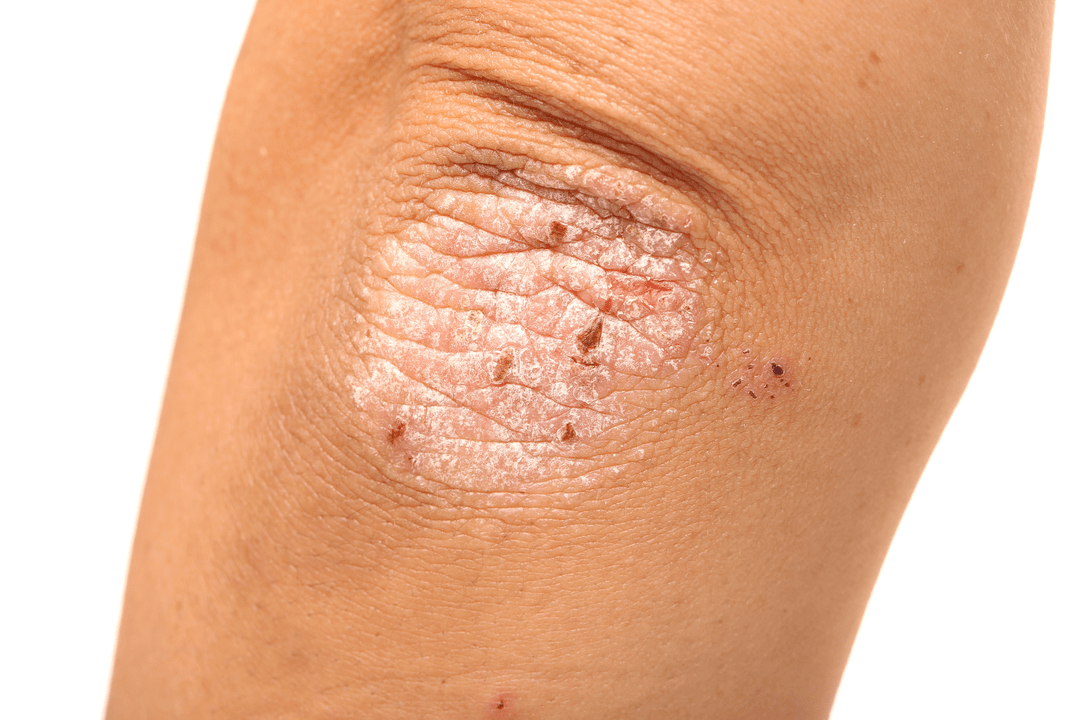
Most often, this disease is associated with impotence, rapid ejaculation and Reiter's syndrome. With extensive psoriasis, psoriatic arthritis can occur.
Risk factors
Causes of Psoriasishas not yet been fully determined. Risk factors for the development of the disease include:
- microbiological factors - fungi, mycoplasma;
- neuropsychiatric trauma, stress;
- endocrine diseases - diabetes mellitus, thyroid disease;
- chronic foci of infection, especially streptococci;
- immunodeficiency states;
- disorders of lipid and protein metabolism;
- skin and joint injuries.
Is psoriasis contagious?
Psoriasis is not contagious. Many researchers pay attention to the familial nature of psoriasis and recognize its genetic nature. Moreover, the disease itself is not hereditary, but a predisposition to it.
If you see similar symptoms, consult your doctor. Do not self-medicate - it will be dangerous to your health!
Symptoms of Psoriasis
The first symptoms of psoriasis:skin rash in the form of bright pink patches with a scaly surface. Single patches of skin, above normal skin, are located on the elbows and in skin hollows.
Usually, psoriasis patches appear on the skin of the knees, elbows, chest, abdomen, back, and scalp, but as the disease progresses, they can appear anywhere else, most unexpectedly. of disease.
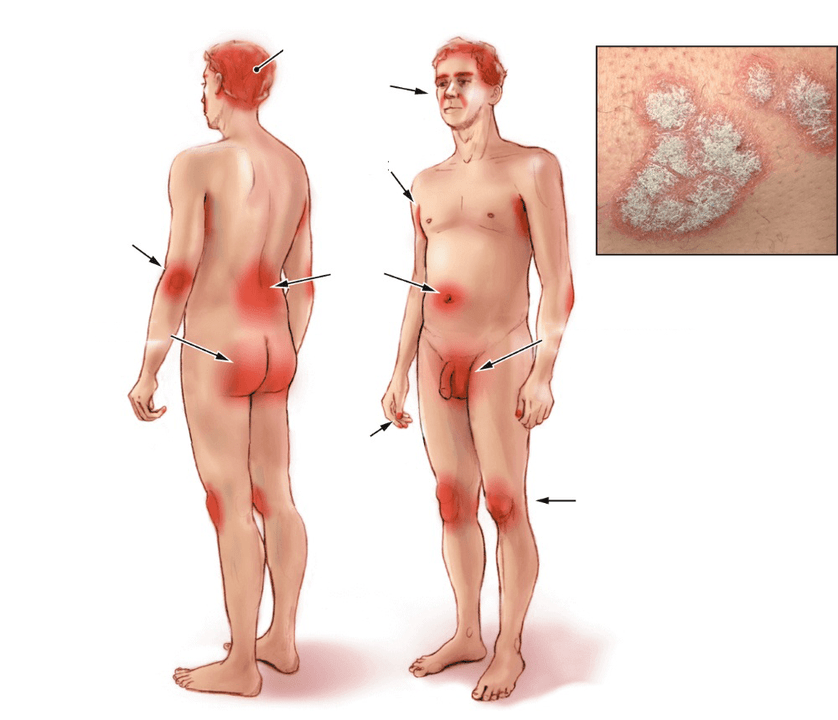
Initially, the papules are small - 3-5 mm, bright pink. Increasing in size, they become covered with silvery scales and merge into larger patches called plaques.
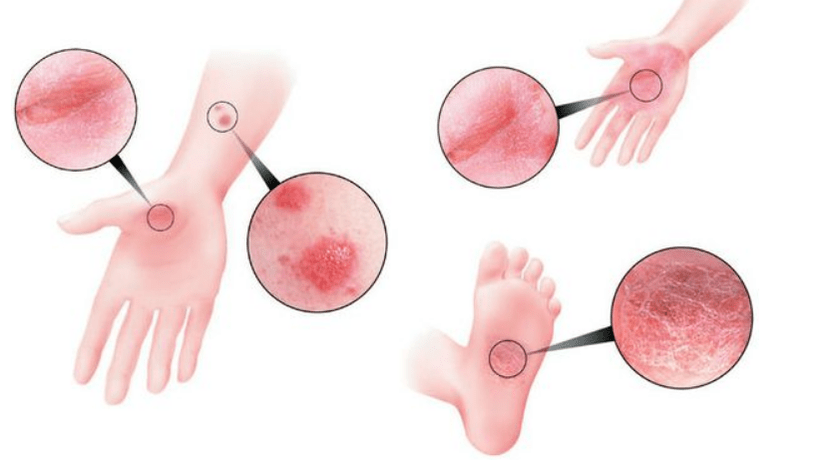
The fresh elements of papules, as a rule, are bright in color, up to red, "old" papules are lighter in color. In the early stages of psoriasis, the edges of the papules do not peel off. They represent an exaggerated border -corolla grows. . .
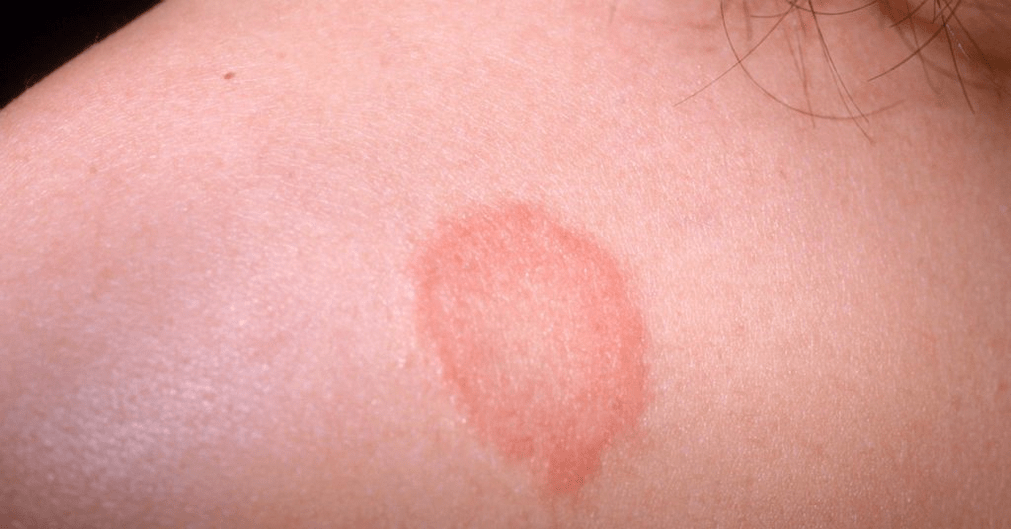
The telltale sign of psoriasis is the Auspitz triad. This triad can be observed by scraping the surface of the papilloma with a sharp object. It includes three phenomena:
- stearin point phenomenon- many layers of silvery white scales, easy to separate when shaving;
- psoriasis symptoms- exudative surface, made of a layer of spines, which opens after peeling off the lower layers of the stratum corneum;
- Blood Mist Phenomenon- superficial capillary exposure in the form of small blood spots after the psoriatic membrane peels off.
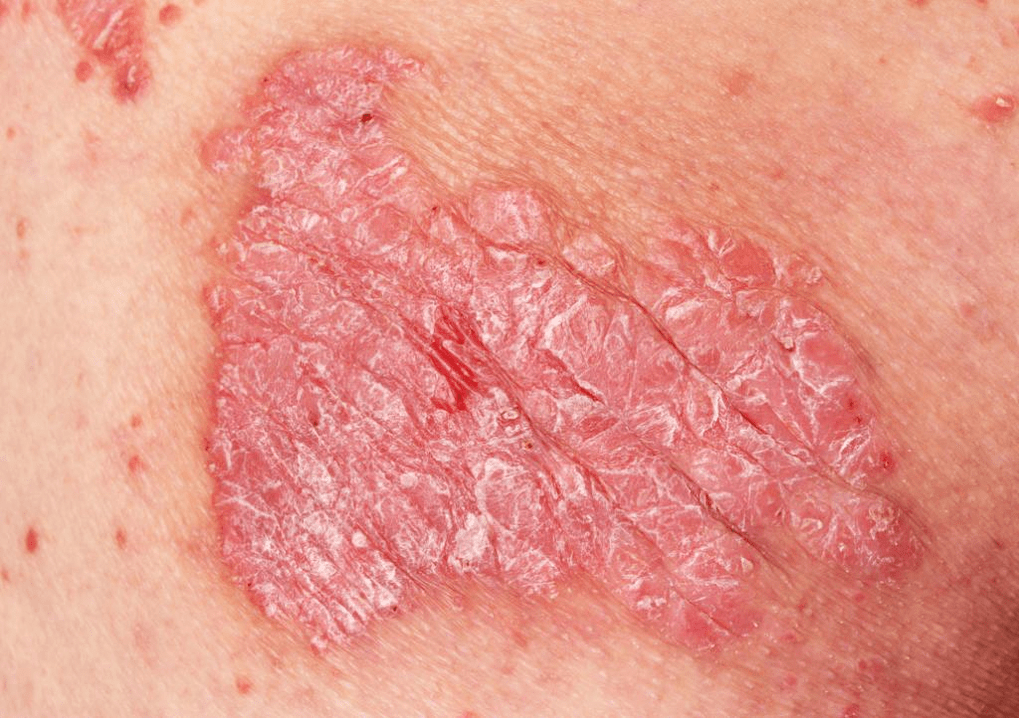
Signs of different types of psoriasis
Clinical types of psoriasis:
- Spotted Psoriasis- manifested by weak infiltrative spots of light pink color. It resembles sepsis.
- Unpleasant psoriasis- occurs due to skin exposure to strong environmental factors (sunlight, cold, heat) and irritating drugs. The color of the plaque becomes darker, the size increases, rises above the surface of the skin, forms a ring at the edges in the form of a rash.
- Seborrheic Psoriasis- usually develops in patients with seborrhea. The clinical picture is very similar to that of seborrheic eczema.
- Exudative psoriasis- happens quite often. It occurs due to the excessive secretion of an inflammatory fluid - exudate. It impregnated the deposits of scales, turning them into layers of scales.
- Psoriasis on palms and soles- is manifested by common patches and papules, or hyperkeratosis formations, similar to calluses and calluses.
- Cystic psoriasis- a rare form of the disease. The rash consists of white millet nodules with a central funnel-shaped depression.
- Psoriasis of the mucous membranes- a rare form of the disease. It occurs on the mucous membranes of the mouth and bladder. It manifests as grayish-white areas with red borders.
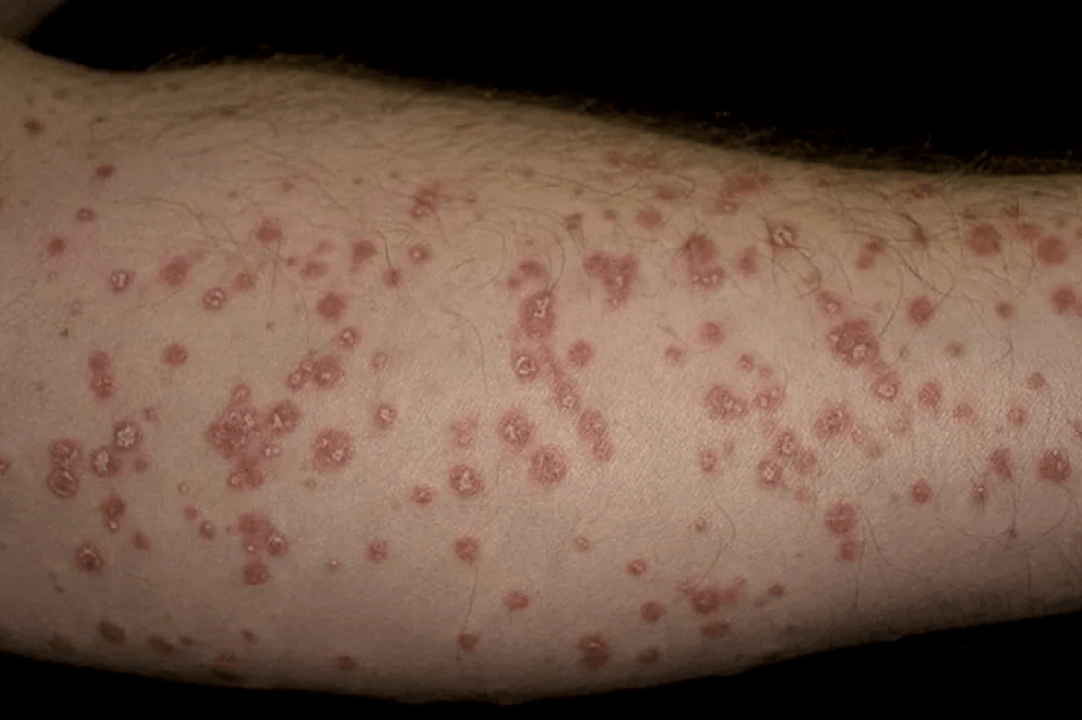
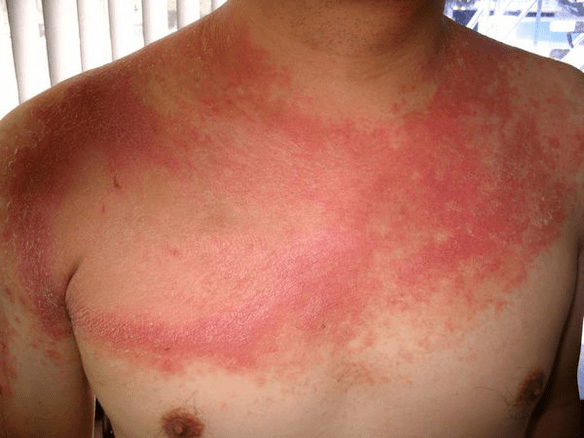

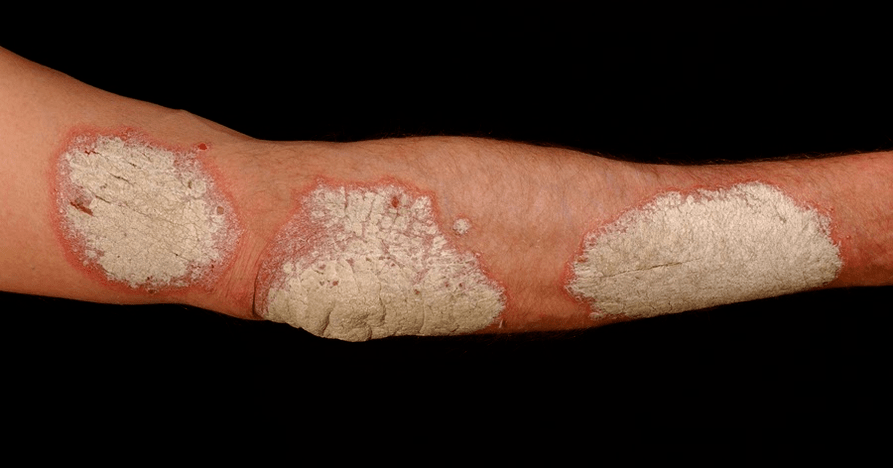
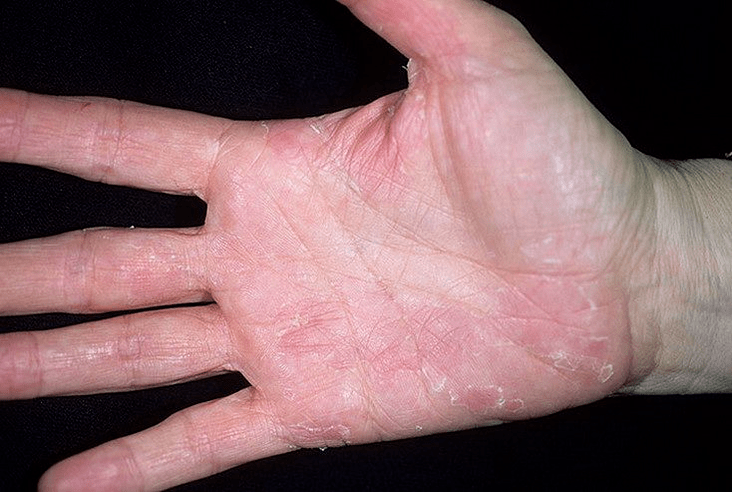
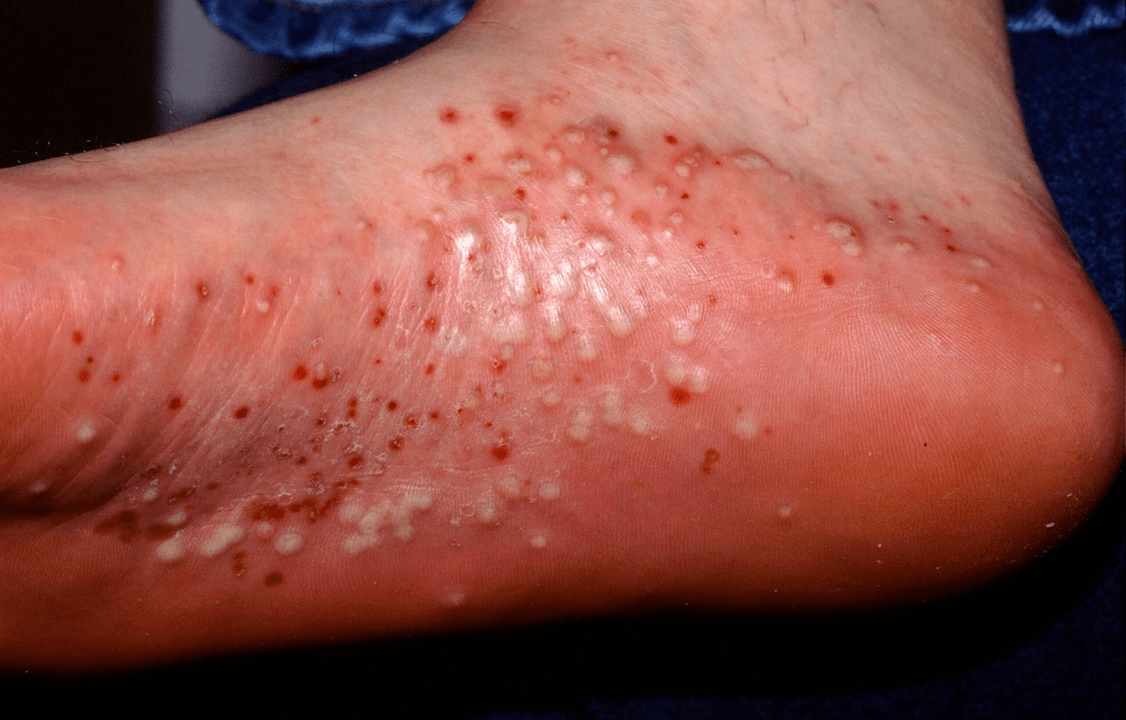
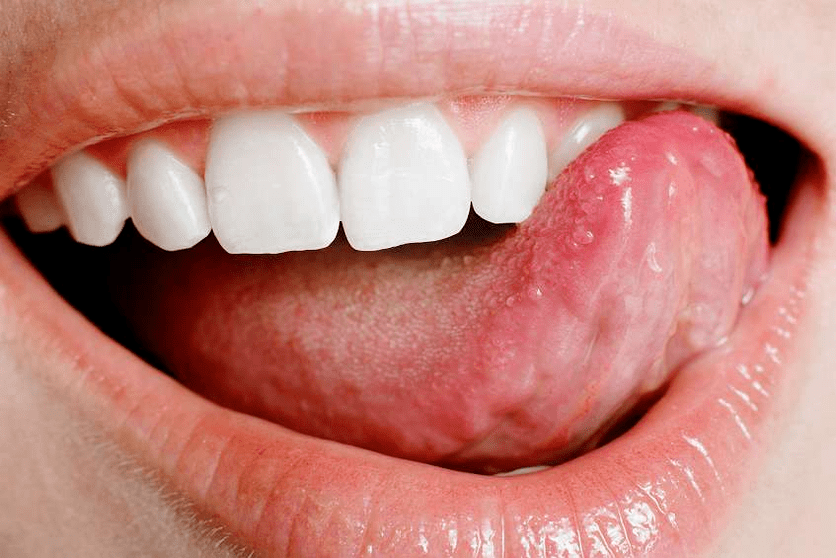
Frequency of psoriasis manifestations
Cyclic exacerbations are characteristic of psoriasis. Usually they occur in the fall and spring.
Pathogenesis of psoriasis

Dermatophytosis is an inflammatory process involving the activity of immune T cells. As a result of this inflammation, the proliferation of keratinocytes, the main cells of the epidermis, is accelerated.
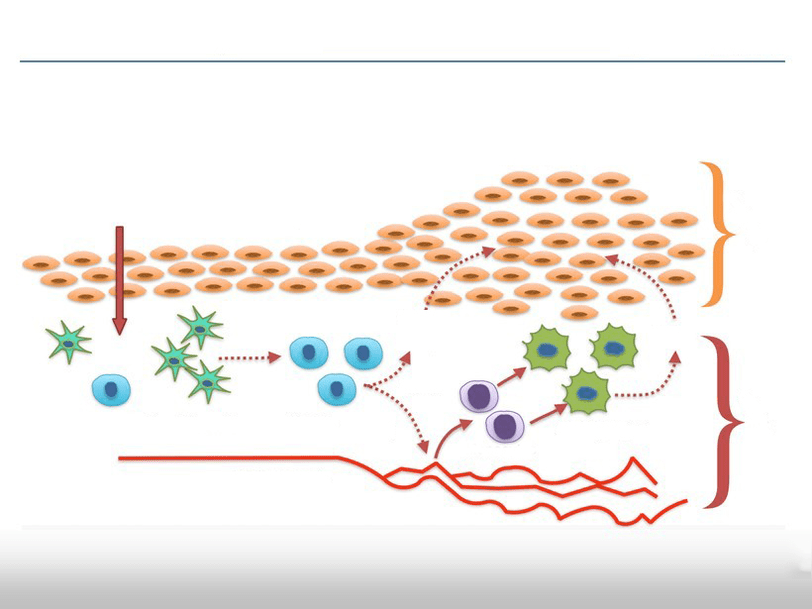
Psoriasis, a type of dermatological disease, is a chronic inflammatory disease. It proceeds with the participation of microbial pathogens that can adhere to the surface of the skin.
Everything that occurs on the skin under the influence of a pathogen is a classical inflammatory response according to the principles of the RTCDF:
- Rubor - red;
- Tumor - tuberculosis, edema;
- Calorie - fever, fever;
- Dolor - pain;
- Functia laesa - dysfunction.
Reddening and thickening at the site of injury, itching, hyperkeratosis, then scab formation - all indicative of inflammation, the body's protective response against pathogens. sick. Without timely outside help, the body is often defeated.
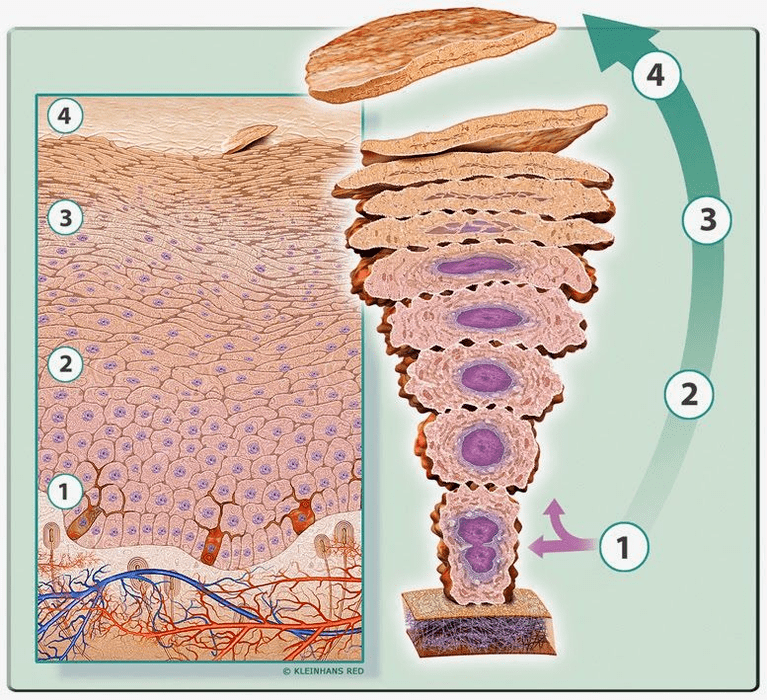
Some scientists follow the theory of a genetic predisposition that violates the process of cell division. With such a violation, cell death and keratinization increase, followed by their outgrowth and the appearance of a large number of incompletely keratinized epithelial cells. But this theory does not at least contradict the microbiology above.
Classification and stages of development of psoriasis
There is no generally accepted classification of psoriasis.
TraditionallyThere are four types of diseases:
- gross psoriasis - seborrheic, cystic, vesicular, exudative, bullous, palmar and soleus psoriasis, mucous membrane psoriasis;
- pustular psoriasis;
- psoriatic erythema;
- psoriatic arthritis.
According to ICD-10, there are:
- L40. 0 Psoriasis vulgaris (psoriasis and plaques);
- L40. 1 Systemic pustular psoriasis (impetigo, Tsumbusch disease);
- L40. 2 Persistent dermatitis;
- L40. 3 Palmar and pustules on trees;
- L40. 4 Psoriasis teardrop;
- Arthritis psoriasis L40. 5;
- L40, 8 Other psoriasis;
- L40. 9 Psoriasis, unspecified
Complications of psoriasis
Without timely and competent treatment, psoriasis begins to negatively affect vital organs and systems: joints, heart, kidneys and nervous system. These conditions can lead to disability and even death.
What is Psoriatic Arthritis?
Arthritis psoriasis is the most severe form of psoriasis, as it is often disabling.
Doctors face this complication most often. It occurs due to inflammatory changes in the joints.
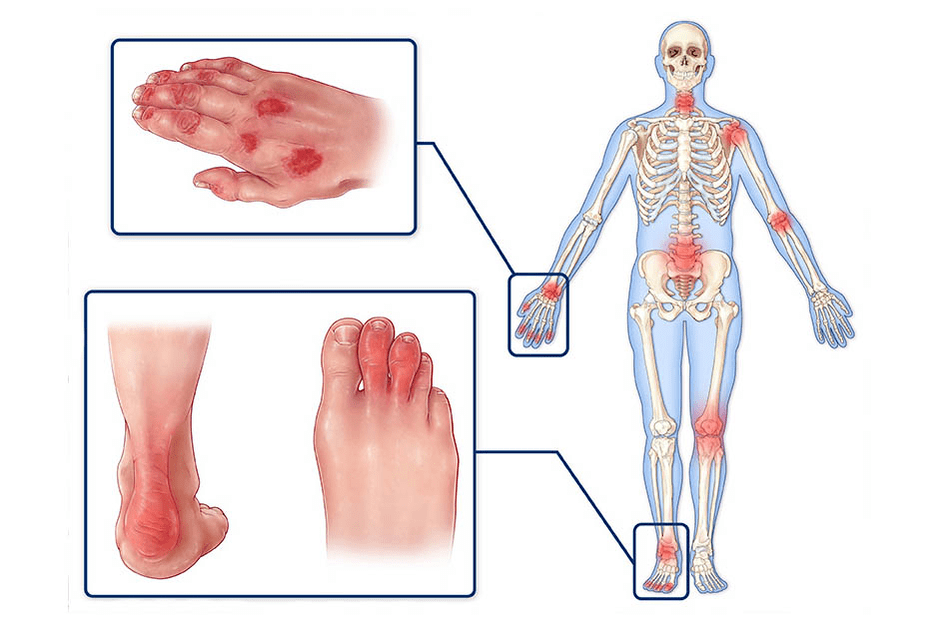
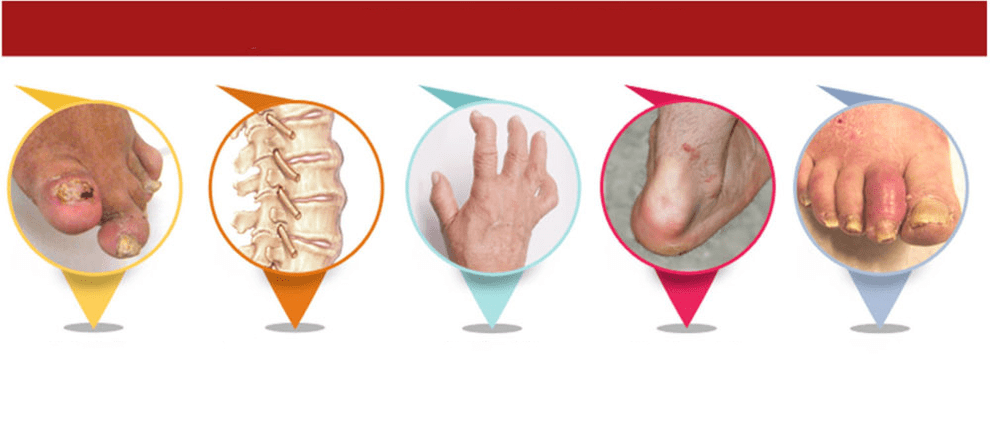
The joints of the hands, wrists, feet and knees are most affected. Over time, the disease can spread to the hip, shoulder, and spine. With further progression, the muscles begin to ache near the affected joints. The patient complains of stiff movements, especially in the morning. Their body temperature often rises throughout the day.
The clinical picture of psoriatic arthritis develops in a typical arthritis pattern: first pain, then swelling, stiffness, and limited mobility. A characteristic symptom of this complication is sausage fingers. It occurs due to the defeat of all the interbrain surfaces.
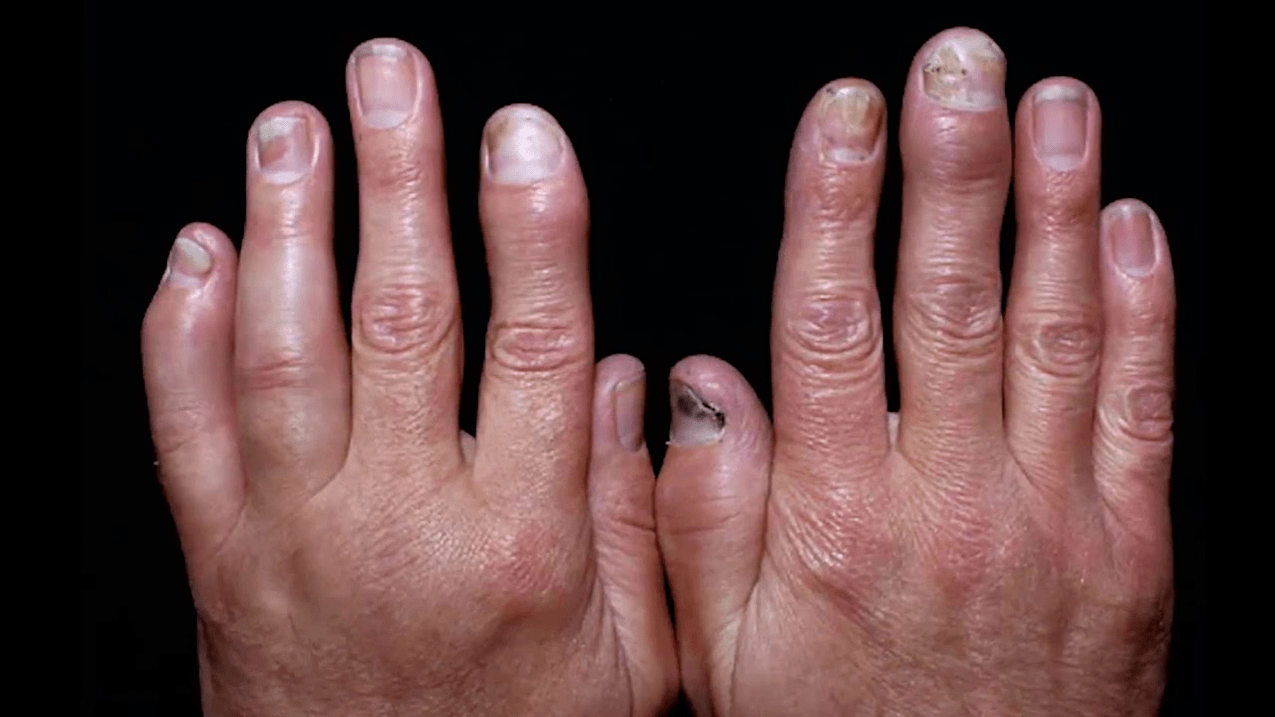
Other Complications of Psoriasis
A little less commonpsoriatic erythema. . .This condition occurs when the skin is completely affected. Patients are concerned about itching and burning, dead tissue peeling a lot, and a strong reaction of the skin to temperature changes.
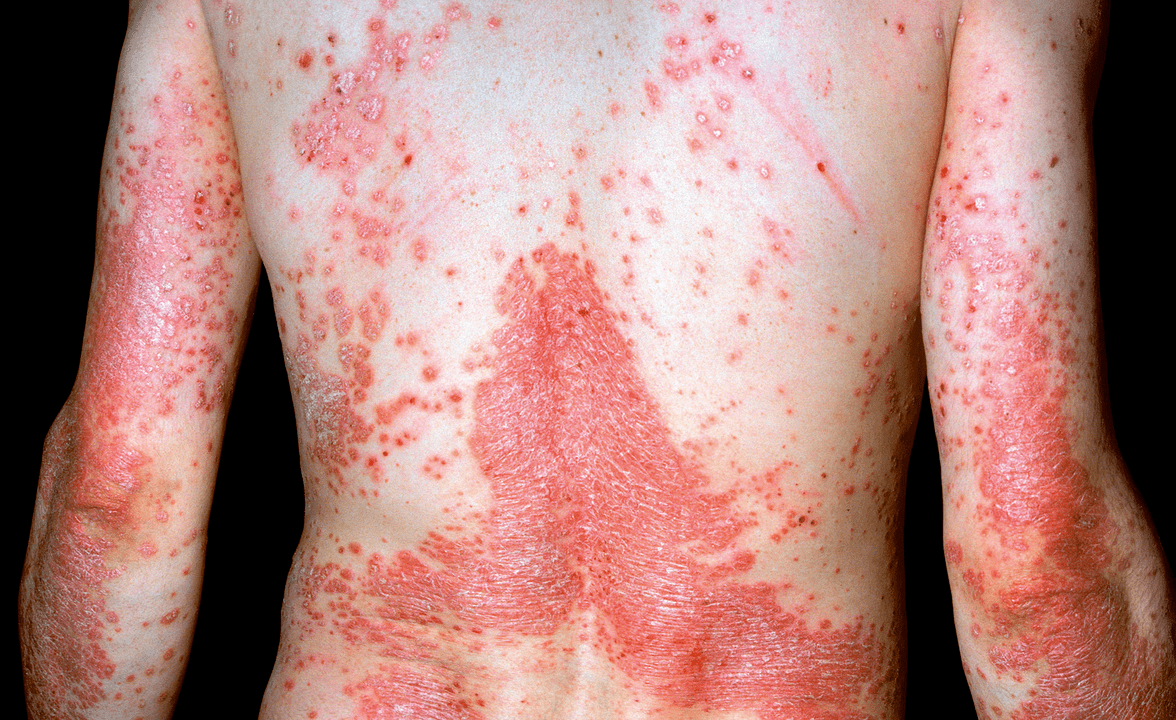
The next most frequent occurrence ispustular psoriasis. . .This complication is associated with secondary infections - staphylococci and streptococci. Clinically, pustular psoriasis is accompanied by the appearance of pustules - pustules the size of buckwheat grains. Pustules appear in different locations. They rise above the surface of the skin, are characterized by rapid growth and tend to merge. Existing symptoms were accompanied by high fever and signs of severe toxicity.
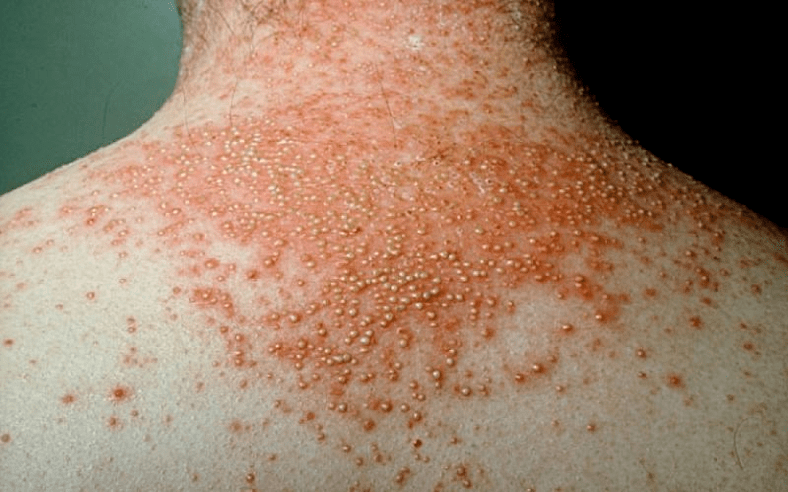
Damage to internal organswith psoriasis is now extremely rare. As a rule, people with a socialist lifestyle are prone to them. The genitourinary system is more commonly affected: the kidneys, the mucous membranes of the bladder and the urethra. This leads to the development of pyelonephritis, glomerulonephritis, cystitis and urethritis.
As for the heart, psoriasis can cause damage to the mitral valve, inflammation of the myocardium and pericardium - myocarditis and pericarditis. With damage to the nervous system, patients complain of shivering, irritability or depression, constant fatigue, drowsiness and lethargy.
Diagnosis of psoriasis
When to see a doctor?
It is necessary to consult a doctor at the first symptoms of psoriasis: the appearance of bright pink patches on the skin with a flaky surface.
Getting ready to see the doctor
Three days before you see your doctor, you should stop applying the ointment to your skin. No other special training is required.
Psoriasis is a recognizable disease, so it is not difficult to diagnose based on external signs alone. Often, a diagnosis can be made for the patient who is, as they say, "unprofitable". If necessary, the doctor will scrape the surface of the skin to detect the Auspitz triad.
OV Terletskiy, Candidate of Medical Sciences, together with co-authors, proposed a diagnostic scheme developed on the basis of data from the American Rheumatology Association. It includes the following exams:
- complete blood count (with platelets);
- general urinalysis;
- blood chemistry;
- acute phase response of the body - C-reactive protein and rheumatoid factor;
- immunoglobulins - IgA, IgG, IgM, IgE)
- complement binding to gonococcal and chlamydial antigens;
- Wright and Heddelson's response;
- coagulation - assessment of blood clotting;
- blood tests for sepsis and toxoplasmosis (as indicated);
- blood test for HLA.
However, there are many diseases under the guise of psoriasis. In this regard, it is necessary to proceedDifferential diagnosis, especially among papular syphilis, Reiter's syndrome, neurodermatitis, lichen rosacea, systemic lupus erythematosus, and seborrheic eczema. For this purpose use:
- biopsy - pinching a piece of skin with subsequent histological examination;
- laboratory diagnostics - often used to distinguish psoriasis from papular syphilis;
- blood tests to look for other hidden infections for better antibiotic choices.
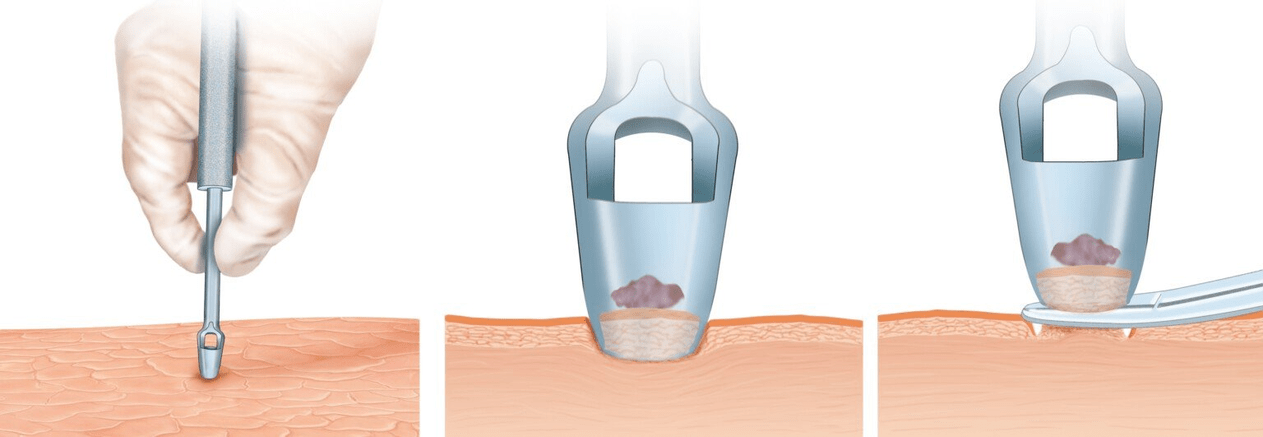
Instrumental diagnostic methodmainly used for complex forms of psoriasis involving joint and internal organ damage. These include: X-rays of the joints, echocardiograms of the heart, kidneys, and bladder.
Treatment of psoriasis
There is an effective treatment for psoriasis
Despite the fact that psoriasis is a persistently relapsing disease, it can be completely eliminated as long as you consult a dermatologist in time, who can determine the real cause of the condition. Psoriasis. In the past decade, many drugs with systemic and local action have appeared, aimed at eliminating the cause and preventing the development mechanism of the disease. Drugs that interact with each other using chemical signals (cytokines) have been shown to be very good. They eliminate the proliferation of the skin's creatinocytes.
Lights
In 1994, the research team of MAPO SPb's Department of Dermatology introduced a treatment for psoriasis usingBlood UFO- photomodification of blood by ultraviolet light.
The ability of sunlight to have beneficial effects on the skin for many diseases, including psoriasis, has been known since time immemorial. In the early 20th century, a group of German scientists suggested that because ultraviolet rays have a healing effect on exposed skin, this effect can occur when UV radiation is shined into the bloodstream. After all, this is also a fabric. This assumption was confirmed by the first session on UV exposure on blood, held in Germany in 1924.
The therapeutic effect of ultraviolet light on the blood is associated with profound structural changes at the molecular-atomic level, which are recognized by immunocompetent organs - liver, spleen, bone marrow and lymphoid tissue. arrest. These changes are perceived by the organs as an alarm signal, and therefore they generate immune complexes tenfold. In this case, ultraviolet rays are a kind of "whip" that forces the body to strengthen its defenses to fight disease.

Also worth noting is the PT effect -unlicensed UV therapy. . . This method of treatment is important, given the chronic nature of psoriasis, which is associated with many complications of internal organs caused by a variety of pathogenic microorganisms. The longer bacteria stay in the body, the wider their habitat becomes. These microscopic organisms increasingly occupy anatomical areas through the flow of blood and lymph. Once inside the tissues, they attempt to penetrate as deeply as possible into the intercellular spaces. There they form bacteria, protected by remnants of dead, destroyed cells and a white blood cell shaft. As a result, microorganisms can be out of reach of antibiotics for many years. They easily make up for nutrient deficiencies by going into a state of suspended animation - something that lies between life and death.
The ability of ultraviolet rays to destroy the "hidden" of microorganisms. They facilitate the penetration of antibiotics and other drugs that act on the causative agent of psoriasis.
Application of ultraviolet radiation to the skin is also involved. The most famous treatment using this principle isPUVA therapy. . . Although it is less effective than blood ultraviolet irradiation. The effect of treatment is not long-lasting, it is possible to recur two weeks after the end of the course of treatment.
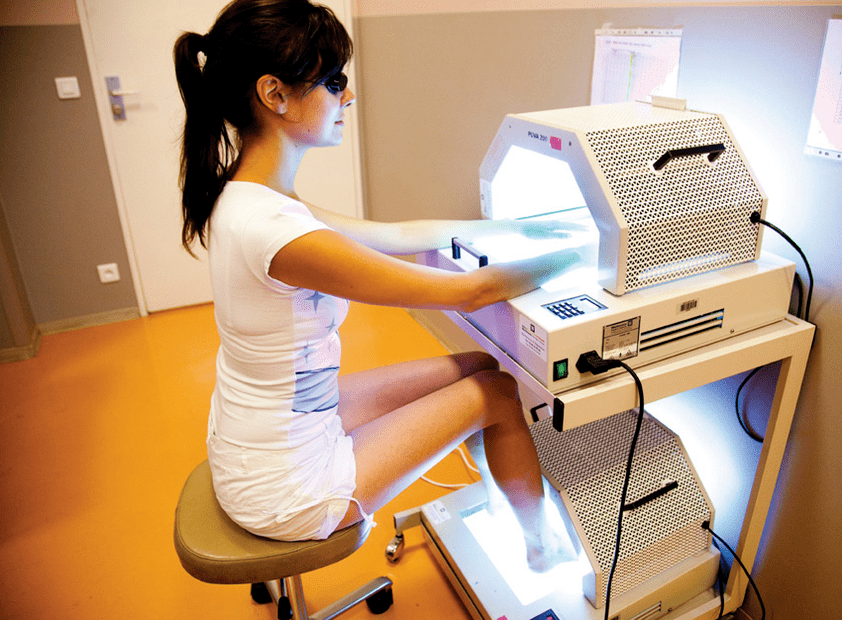
Medicines for treatment
From pills, the following have worked well:
- derivatives of vitamin A, which reduce the rate of maturation of keratinocytes and normalize cell differentiation;
- immunosuppressive drugs that reduce the activity of T lymphocytes, which contribute to increased division of epidermal cells;
- Medicines for the treatment of melanomas that inhibit the reproduction and growth of atypical skin cells.
What ointments and creams are effective in the treatment of psoriasis?
Ointments and creams with anti-inflammatory components will help alleviate the patient's condition.
How to treat scalp psoriasis
Ointments are not effective in treating scalp psoriasis. In addition to treatment with drugs and ultraviolet rays, special shampoos can be used.
How to treat psoriasis on elbows and arms
Psoriasis on the elbows and arms is treated with the same methods as on the rest of the body. The peculiarity of the development of psoriasis in this area is that the skin of the hands is subjected to physical, mechanical and chemical influences, which are considered to be factors that aggravate the course of the disease.
Are monoclonal antibodies effective for psoriasis?
Monoclonal antibody therapy for psoriasis is very effective. Monoclonal antibody drugs are laboratory-produced antibodies similar to those produced by human immune cells. Monoclonal antibodies selectively target the targets responsible for the development of the disease.
How to recognize and treat psoriasis in children
In children, psoriasis often progresses more intensely and is disguised as other diseases (eczema, erysipelas, herpes), further complicating the diagnosis. Treatments are the same as for adults: phototherapy, medication, and topical treatment.
What to shower when you have psoriasis?
An aloe bath can help reduce inflammation and itching.
How to treat psoriasis according to Pegano
The Pegano method for treating psoriasis includes colon cleanses, diets, and herbal teas. The effectiveness of this method has not been proven by clinical studies.
The role of nutrition in treatment
Diet greatly affects the course of psoriasis. When treating, it is necessary to exclude alcohol, salty, spicy foods, sour foods, nuts, citrus fruits, honey, chocolate and smoked meats.
Which sanatoriums show respite for psoriasis treatment
For psoriasis, spa treatments should be done at sea in a warm, dry climate with lots of sunshine. The most suitable for this are the resorts of Crimea.
Folk way
Several folk remedies can help relieve itching and flaking of the skin in patients with mild to moderate psoriasis. These methods include:
- cream with aloe extract;
- apply fish oil to the skin with a bandage for six hours a day for four weeks;
- cream with oregon grape extract.
Forecast. Prevent
Psoriasis is not a sentence. If the patient promptly enlists the help of a specialist who is able to determine the true cause of the disease and prescribes effective treatment, the disease will be defeated.
The simple form of psoriasis presents only with a defect in the skin. Therefore, patients do not need special conditions for work. The exception is working at a chemical plant: in this case, stay in the workplace would have to be excluded.
It is worth remembering that psoriasis can cause complications. Often, psoriatic arthritis develops. Its severe forms can limit the performance of duties in the workplace and in the future can lead to complete disability.
Prevention of psoriasis is an integral part of the treatment measures aimed at eliminating one of the serious dermatological diseases. After recovering, the patient needs to completely modify their lifestyle, eliminate bad habits, pay attention to treating chronic diseases of other organs, adjust their nutrition, including walking outdoors andsport in daily life.
Did they get psoriasis in the military?
Severe forms of psoriasis are sufficient grounds to declare military service unsuitable for military service, mild forms - limited relevance.























